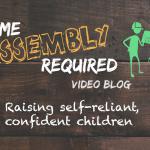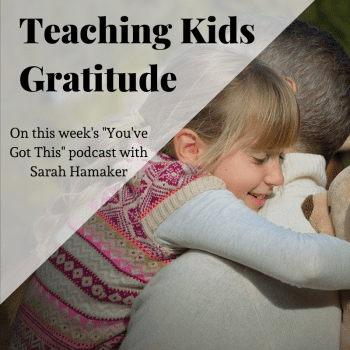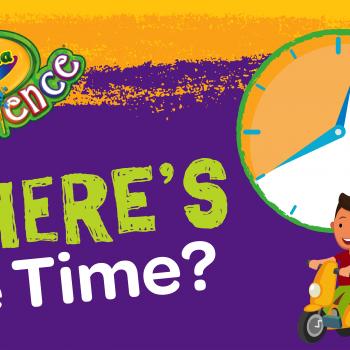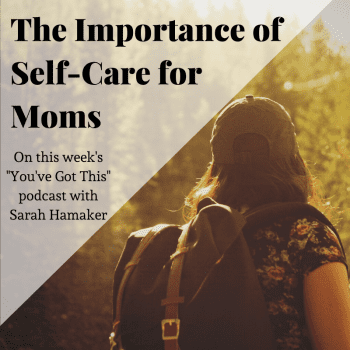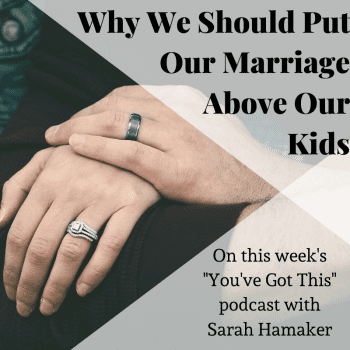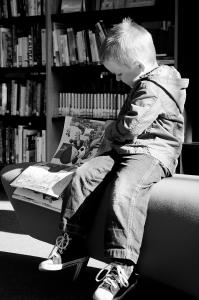
But in recent years, there have been some glimmers of hope that this is changing. Cain’s book became a surprising best-seller. This book, which is very engaging and well-written, peeled back the layers of what it means to be an introvert, as well as how to be an introvert in a world that values chatter and loudness over quiet reflection. The book also provided an overview of how society has changed in the past century or so from recognizing introverts have contributions to trying to “fix” introverts into being more extrovert.
“If you’re an introvert, you also know that the bias against quiet can cause deep psychic pain. As a child, you might have overheard your parents apologize for your shyness. … Or at school you might have been prodded to come ‘out of your shell’—that noxious expression which fails to appreciate that some animals naturally carry shelter everywhere they go, and that some humans are just the same,” Cain wrote.
Cain’s call that there’s room for both introverts and extroverts is a refreshing breath of air, and she’s written an excellent version for middle schoolers and up called Quiet Power: The Secret Strengths of Introverted Kids that I wish I had had when I was that age. My two older children (both girls) read this book last summer, and it resonated with them and their trials in middle school and high school as introverts and shyer teens.
For those with introverts in the family, stop trying to change them into extroverts! Let them be by themselves sometimes, give them space to talk, and let them find ways to blossom on their own terms. You might find they have amazing things to contribute—if only they’re allowed the chance.
And the resolution of which third grade reading group I would be put in? After a long day of extra testing, the teacher and administrators agreed that yes, I belonged in the top reading group. Not too surprising, since many introverts are great readers.

